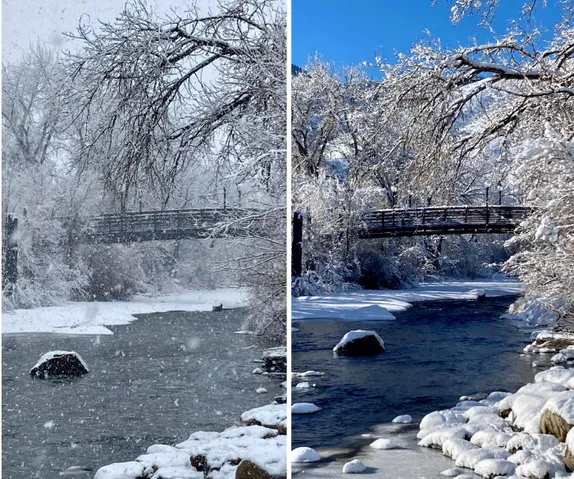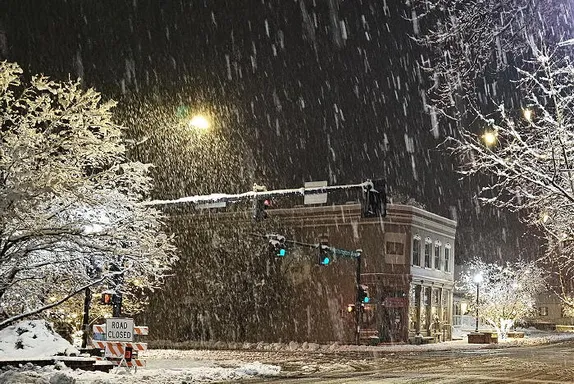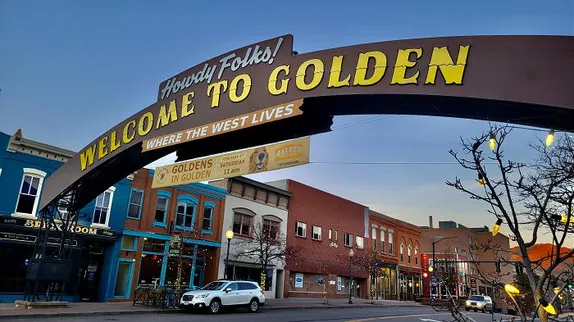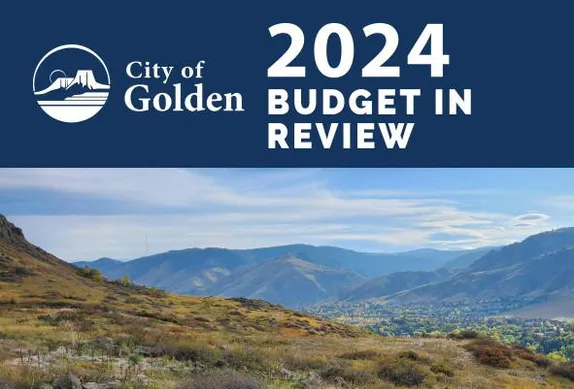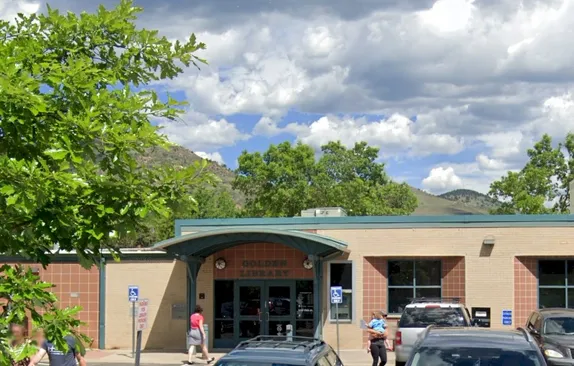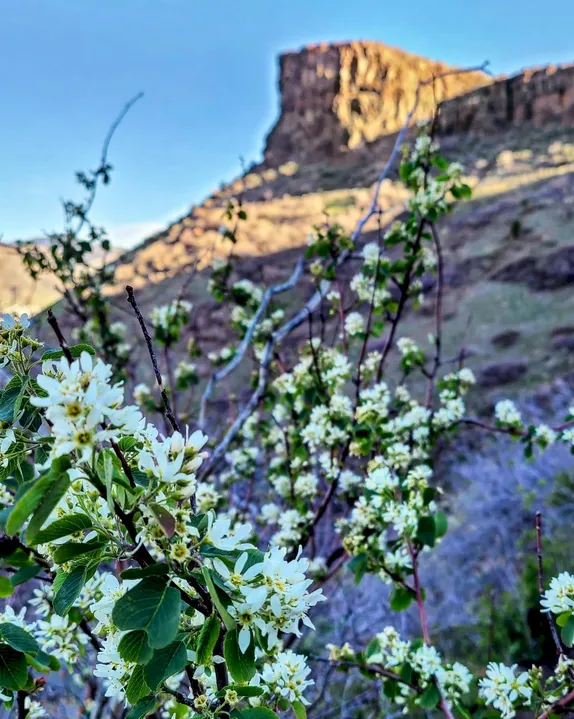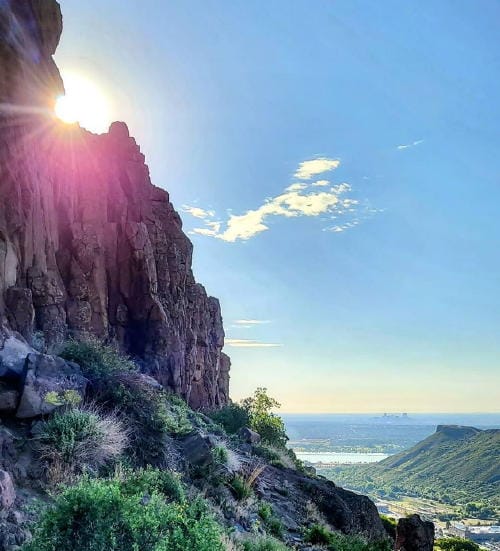
Public Health References
CDC * Colorado * Jefferson County * City of Golden
Coronavirus report from Jeffco Public Health’s Case Summary Page, as of 3PM Friday:
Cases in Jeffco
Thursday: 2618 | Friday: 2634
Deaths in Jeffco
Thursday: 207 | Friday: 208
Ever Hospitalized in Jeffco
Thursday: 419 | Friday: 419 (currently 14)
Recovered
Thursday: 2296| Friday: 2297
Known Cases in Golden
Thursday: 111 | Friday: 112
The Safer at Home protocol is in effect. Check the City’s site to learn more about what that entails. Everyone is still requested to wear a mask that covers the nose and mouth when leaving the house. City and County fire restrictions are in place. Clear Creek is open for Kayaks and Canoes. Learn more….
Weekend Update
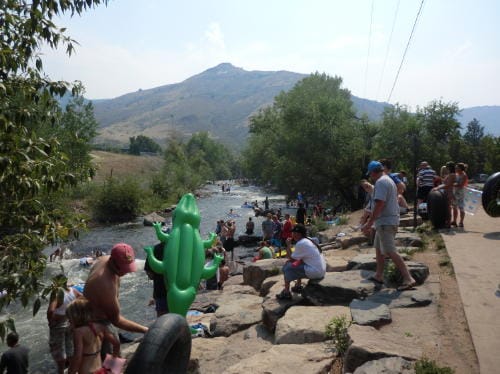
In order to discourage crowds along the creek, 9th and 10th Streets west of Washington Avenue will be closed this weekend. Residents will still be able to enter and leave the neighborhood. Kayakers will be allowed to do drop-offs in the kayak lot, but they must park their cars elsewhere. Visitors are encouraged to park in our big new parking lot in Goosetown (311 10th St.).
The downtown restaurants will be occupying some extra sidewalk and street space, but Washington Avenue will not be closed.
Virtual Golden
1PM Color and Composition Class with the Quilt Museum
Real Life Golden
8AM-1PM Golden Farmers Market
9AM Yoga in Parfet Park with Pranatonic
10AM-2PM Homestead Open House at the Golden History Park
10AM, 1:30PM, 5PM Wild West Walking history Tour
Golden History Moment
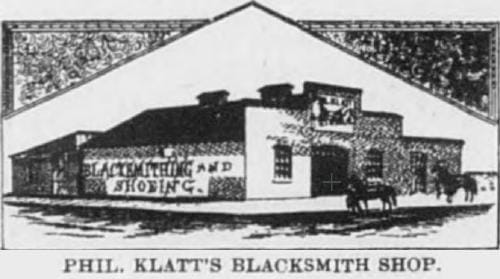
In 1902, Will Fromhart bought the former Phil Klatt Blacksmith shop, which was located on the southeast corner of 12th and Ford. Fromhart had the reputation of being an excellent blacksmith. The Transcript commented that “He is an expert in this line, and makes a specialty of horseshoeing. He shoes so as to correct defects, such as interfering, overreaching and imperfect gaits.”
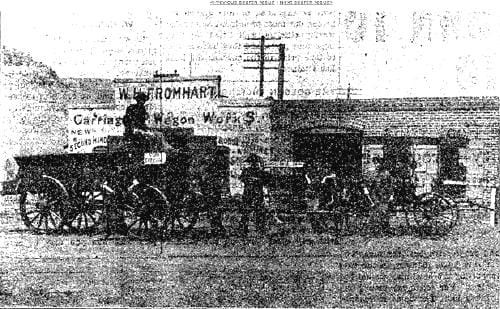
Fromhart also built custom carriages and wagons. In 1904, he had the opportunity to buy out a carriage-building business that was closing in Central City. “Among the more important pieces of machinery are a large trip-hammer, band saw, planer and jointer, hub boring machine, two-wheel emory stone, large power grind stone, two tire benders, large power drill press, tire shrinkers, hydraulic box press, a ten horsepower electric motor, and a whole house full of pulleys, shafting, belting, etc. Besides this complete set of machinery there is included in the purchase a large number of carriages and wagons, completed and partly so, and a big stock of new materials for their manufacture.”
This was a great launching point for Fromhart, who made “a specialty of building gardeners’ and fruit wagons that cannot be excelled.”
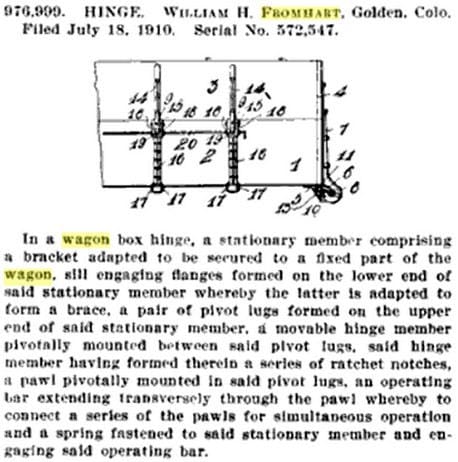
Fromhart was evidently an innovator. In 1910, he was granted a patent on a hinge that allowed wagon endgates to be locked at any angle. In the years that followed, he set up a manufacturing plant to produce the hinges in Greeley.
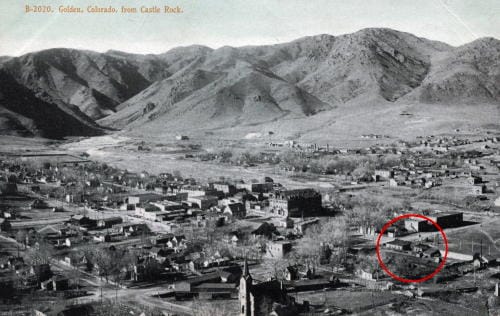
In addition to his custom work, he sold some mass-produced stock, including “Staver and Hercules buggies, the Steel King wagons, Iowa Dairy Separators, Lucas paints and varnishes, builders’ and shelf hardware, Dempster windmills and pumps.”
By 1916, he was building truck bodies for small motor cars. “Many Jefferson county farmers are using their pleasure cars for produce wagons. Mr. Fromhart is making an average of four bodies each week.”
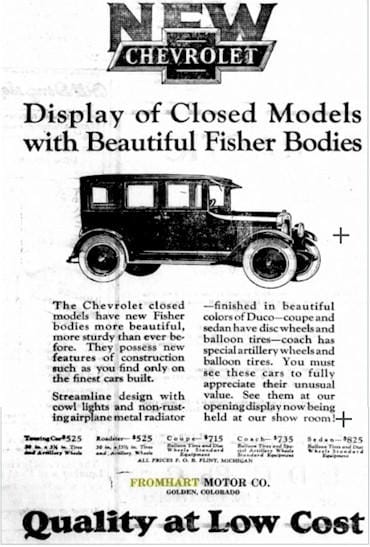
Fromhart was taken by automobiles, and in 1919 he retooled his blacksmith shop to become a garage, for fixing and maintaining autos. In 1923 he became a Chevrolet dealer. At that time, every new car purchase was a news item, so we know that he sold several cars per week. In 1934, he switched to selling Dodge and Plymouth cars.
He apparently retired in the late 1930s, and died in 1953. His home at 619 13th Street was razed in 1956 to make way for a bank and a parking lot.
Many thanks to the Golden History Museum for providing the online cache of historic Transcripts, and many thanks to the Golden Transcript for documenting our history since 1866!

